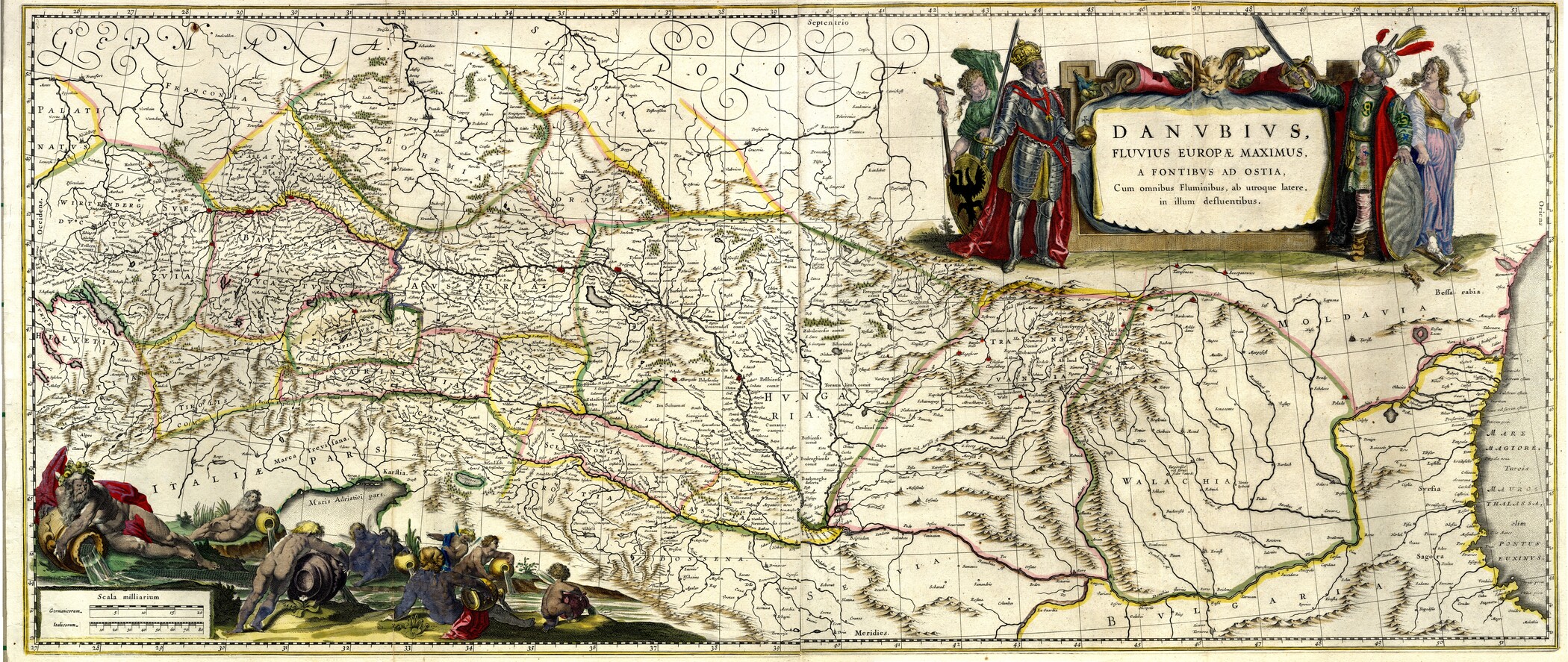Architecture, Representation and (Urban) Publics

Group leadership
Doz. Dr. Herbert Karner
“Representation is the realisation of that which is absent or invisible in social relations with the aid of a variety of different types of media (bodies, clothing, language, text, heraldry, inscriptions, pictures, portraits, thrones, letters, gifts) or symbolic interaction or static or performative communication (architecture, the use of space, entries, processions, festivals and celebrations)” [Werner Paravicini, 2014]
This sociologically-influenced historical definition of representation pursues a comprehensive concept addressing several disciplines. In ongoing and future studies, in manifold ways this focus is limited or extended to the symbolic realisation (portrayal) of real power or claims to it manifested by the Habsburg Empire. The focus is on a variety of urban public objects in the dynasty’s territories, principally profane and sacred, but also ephemeral architecture and decorative artworks (coats of arms, pictures, sculptures, ceiling paintings, inscriptions, reliefs etc.).
The cartography of the Early Modern period also proves an outstanding medium for researching representation. Irrespective of whether these maps chart urban or rural areas, they always depict public spaces and thus often serve the interests of those in power. Hence maps are very useful for researching the relationship between space and hegemony via their combination of image, text and language.
What makes these studies particularly special is not only their methodological approach, but also their general survey of the Habsburg territories in their entirety. This perspective seeks to demonstrate the differences, commonalities and overarching criteria of a common visual culture of representation in the hegemonial spheres of Bohemia, Austria and Hungary.
The research group’s work also entails the NFG project Corpus Vitrearum – Medieval and Modern Stained Glass in Austria, which was launched in March 2015 and is coming to a conclusion in 2020. Building on the foundations of the international research project Corpus Vitrearum Medii Aevi (CVMA), the initiative expands the examination of medieval Austrian stained glass collections to include works after 1800. In 2020, a DACH project will be developed together with German and Swiss colleagues in order to continue these studies. In reduced form, this research will be further extended in 2020 to examine stained glass production around 1900 in a project funded by the City of Vienna.
